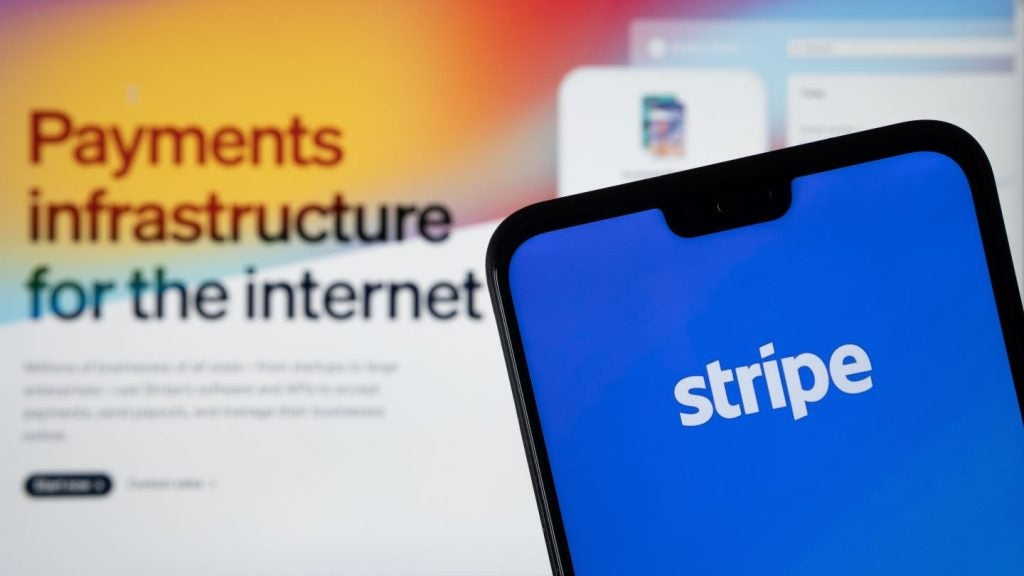As technology continues to improve and engagement increasingly becomes a buzzword in the payments industry, social payments are becoming a truly appealing prospect, particularly to consumers of younger generations. Patrick Brusnahan looks into this trend and whether payments should actually have a ‘social’ side
Social payments are the latest attempt to add further engagement and accessibility to peer-to-peer payments. Instead of going through a bank, a customer can simply use an app on their phone to send money to friends with very little friction. New products, such as Clinkle and Venmo, have taken advantage of younger generations, particularly millennials, need for convenience and transformed it into a new method of payment.
Even social networking platforms are seeing the opportunity. Facebook is planning on launching a payment service as well as an e-wallet. In France, Groupe BPCE is working on the ability to send money via a tweet on Twitter. This is a natural development as the social payment platforms focus on engagement and make payments accessible for all, similar to scrolling through a Facebook news feed.
The sharing of information is a path filled with difficulty. Dan Tozer, leader of commercial technology practice at law firm Harbottle & Lewis, told EPI: "The really interesting thing from my perspective is the implications regarding the usage of personal information; in particular the sharing of information. For example, if I send you £10 via one of these systems and it gets put on an activity feed; did I really consent to that? It becomes even more complex when the information includes location; there are clear privacy and data protection issues."
So far, social payments have been a relative success. Venmo was launched in 2011 and quickly acquired by Braintree for $26.2m. Braintree in turn was acquired by PayPal in 2013 for $800m. In the first quarter of 2014, Venmo reached $314m worth of payments, the same volume as Starbucks’ mobile payment service in the same time period. Forbes predicts that it will reach $90bn in payments by the end of 2017.
This strong level of growth is not particularly surprising. Tozer said: "Society appears to be increasingly comfortable with using non-traditional payment providers. Millennials, people who have always had the internet or a mobile phone in their hand, generally appear to be comfortable with using payment systems like this, particularly for smaller payments."

US Tariffs are shifting - will you react or anticipate?
Don’t let policy changes catch you off guard. Stay proactive with real-time data and expert analysis.
By GlobalDataThere are struggles when launching a new financial service, particularly with regulation and compliance. Tozer said: "The regulatory environment is challenging for these new businesses, but there are other consumer protection issues that they have to deal with as well. Social payment systems are focused on individual-to-individual payments so they will also have to take into account consumer regulations wherever they are operating. As a general rule, consumers have more protections than businesses and the social payment providers have to deal with that."
Banks are looking to respond to this emerging trend. One method is to reinforce the advantages of using a bank and the methods which have allowed them to survive for hundreds of years. As the customer relationship is taken away from them, they distinguish themselves by being a traditional, established service.
The other method is become more social themselves. Tozer said: "Banks are looking very carefully at ways in which they could update their existing services and integrate them with social platforms, or even launch new ones, to replicate some of the attractive features of social payment services but whilst offering the traditional bank level of security and trust."
On whether banks should become more like social networking platforms like Facebook, Tozer concluded: "Banks, like every other industry, need to adapt over time. Whether they should be like Facebook, well, Facebook should be Facebook. I don’t want my bank to be Facebook; I want it to look after my money properly and do what I ask it to do, but maybe it can do that whilst becoming more social too."
Social payments apps
- Clinkle: A service that provides you with a special Clinkle VISA card. The more it is used, the more ‘Treats’ you get. These can then be shared with friends via the Clinkle mobile app. It can also be used to send money to friends with the same app
- Venmo: Owned by PayPal, Venmo is an app for sending free individual-to-individual payments. This includes a feed where you can see who has sent money to whom.
- Snapcash: A feature of Snapchat, users can send each other money by simply typing the amount in and pressing ‘Send’.







